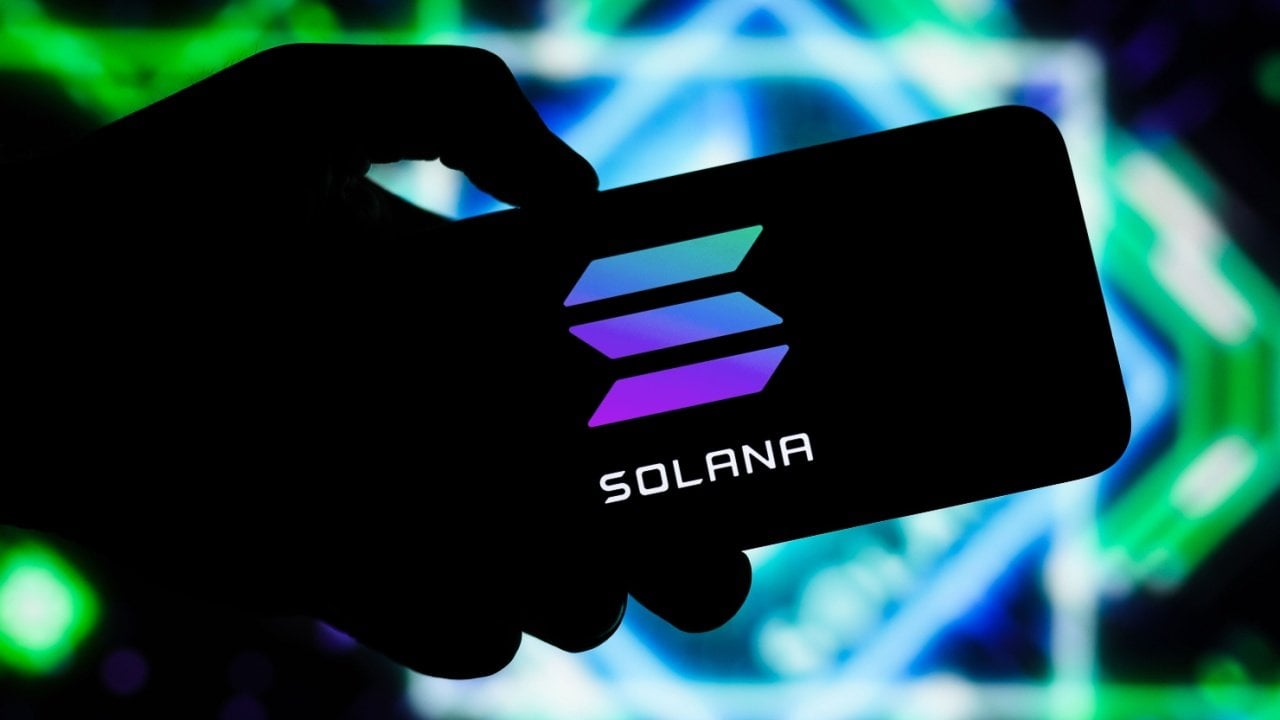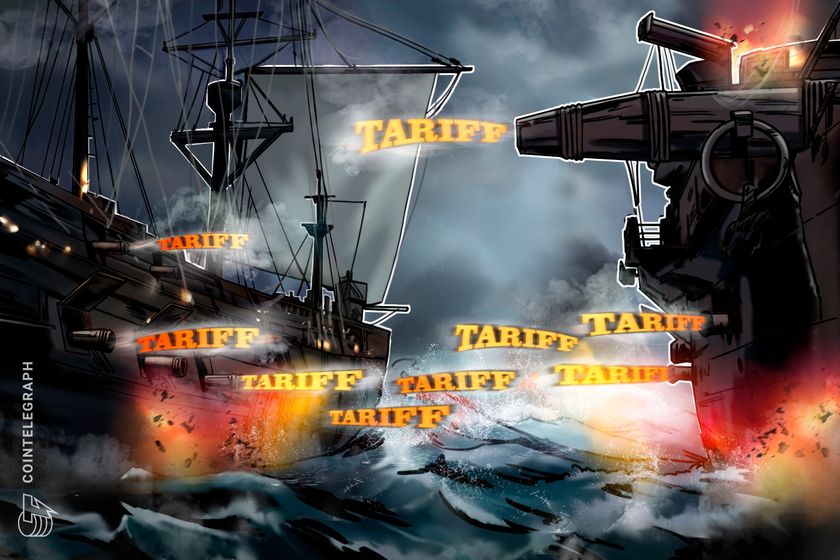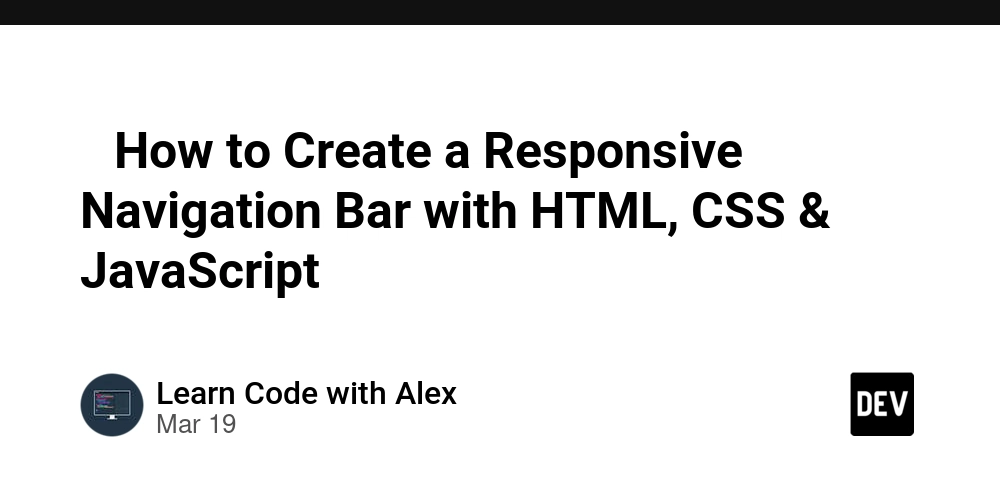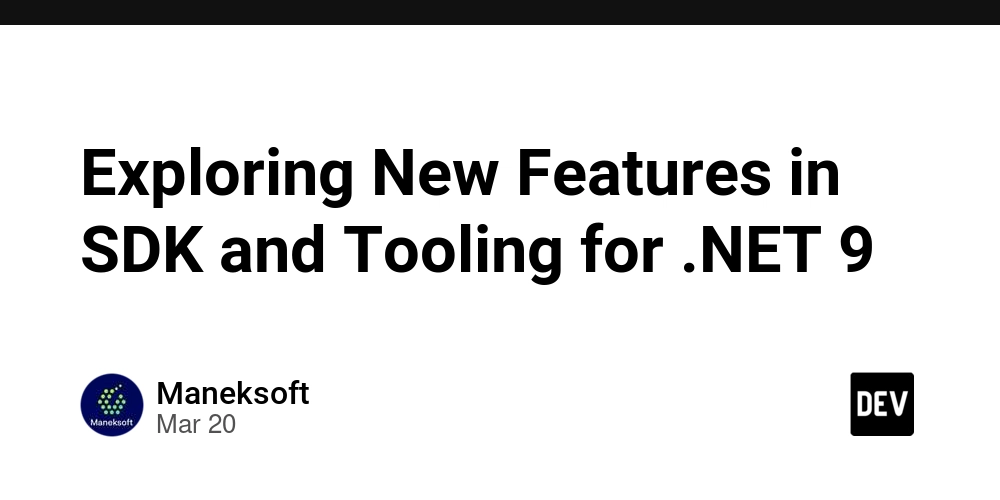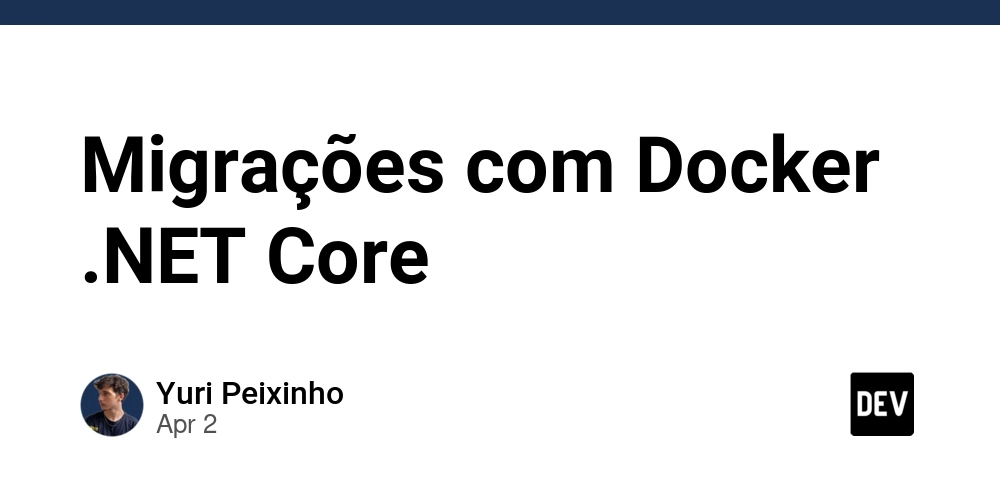Arbitrum vs. Polygon: A Comprehensive Comparison of Ethereum’s Layer 2 Scaling Solutions
Abstract: This post offers an in-depth exploration of Ethereum’s leading Layer 2 scaling solutions—Arbitrum and Polygon. We explain their history, core concepts, and design philosophies while comparing key features such as optimistic rollups, plasma chains, security models, and developer support. Using tables, bullet lists, and clear headings, this comprehensive guide examines real-world applications in DeFi, NFTs, gaming, along with technical challenges and future innovations. Backed by insights from the Original Article and other authoritative sources like What Is Blockchain and Smart Contracts on Blockchain, we explore how these solutions are revolutionizing scalability, cost efficiency, and digital asset ecosystems. Introduction Blockchain technology has transformed digital finance and decentralized ecosystems, but Ethereum’s scalability challenges—high gas fees and network congestion—drove developers to search for more efficient solutions. Arbitrum and Polygon offer promising Layer 2 techniques that relieve the Ethereum base layer by processing transactions off-chain while still preserving its robust security. In today’s post, we dive deep into these technologies with easy-to-understand examples, clear tables, bullet lists, and practical use cases. Our discussion combines historical context and technical details with diverse applications such as decentralized finance (DeFi), non-fungible tokens (NFTs), and gaming. As we break down these complex innovations from a technical expert’s perspective, keep in mind that this overview is accessible for both blockchain enthusiasts and developers interested in scaling Ethereum securely and efficiently. Background and Context Ethereum’s early promise of a smart contract platform revolutionized decentralized applications (dApps). However, with increasing usage, network activity surged, leading to congestion, high transaction fees, and slow confirmations. This scenario created an urgent need for Layer 2 scaling solutions that could operate in synergy with Ethereum’s robust security. Historically, the inception of these technologies can be traced as follows: Pre-2015: Traditional systems and centralized databases dominated digital transactions. 2015: Ethereum debuted with its innovative smart contract capabilities. 2017: Growing popularity of Ethereum led to noticeable network congestion and rising gas fees. 2019-Present: Developers embraced Layer 2 solutions like Arbitrum and Polygon to overcome these hurdles. Both solutions have been designed to reduce on-chain interaction and process transactions faster, thereby enabling new digital use cases without sacrificing Ethereum’s decentralized security. For deeper insight into blockchain fundamentals, check out What Is Blockchain. The ecosystem context is further enriched by the explosion in decentralized finance, NFT marketplaces, and gaming. With open-source contributions and collaborative development models, projects now benefit from innovative techniques that combine decentralization, secure consensus protocols, and high throughput. Core Concepts and Features Layer 2 solutions improve Ethereum’s capacity by processing transactions off-chain. Here, we examine the fundamental design and technical details behind Arbitrum and Polygon. 1. Arbitrum Fundamentals Arbitrum utilizes the optimistic rollup model. Its main idea is simple: instead of validating every transaction on-chain, it assumes transactions are valid unless challenged via a fraud-proof mechanism. Key aspects include: Optimistic Rollups: Transactions are executed off-chain and only posted to Ethereum if disputes occur. Fraud-Proof Protocols: A dispute resolution system ensures invalid transactions are caught swiftly. Enhanced Throughput & Lower Fees: Batching of transactions minimizes gas fees while speeding up processing. Ethereum Security Integration: Always tethered to Ethereum’s security, Arbitrum ensures that even off-chain execution benefits from a secure consensus. Below is a table summarizing some of Arbitrum’s key features: Feature Description Consensus Model Optimistic Rollups with integrated fraud proofs Security Leverages Ethereum’s base-layer security to validate dispute challenges Transaction Speed High throughput achieved through off-chain batching Developer Tools Comprehensive SDKs and migration tools ensure smooth integration with existing Ethereum dApps For more in-depth discussion on Ethereum’s scalability techniques, read Arbitrum and Consensus Mechanisms. 2. Polygon’s Multi-Chain Architecture Unlike Arbitrum’s single-strategy approach, Polygon harnesses a multi-chain framework that supports several scaling methods simultaneously. This provides developers with the flexibility to choose the optimal solution for their use case. Key features include: Plasma Chains: Useful for handling basic transactions at high throughput level

Abstract:
This post offers an in-depth exploration of Ethereum’s leading Layer 2 scaling solutions—Arbitrum and Polygon. We explain their history, core concepts, and design philosophies while comparing key features such as optimistic rollups, plasma chains, security models, and developer support. Using tables, bullet lists, and clear headings, this comprehensive guide examines real-world applications in DeFi, NFTs, gaming, along with technical challenges and future innovations. Backed by insights from the Original Article and other authoritative sources like What Is Blockchain and Smart Contracts on Blockchain, we explore how these solutions are revolutionizing scalability, cost efficiency, and digital asset ecosystems.
Introduction
Blockchain technology has transformed digital finance and decentralized ecosystems, but Ethereum’s scalability challenges—high gas fees and network congestion—drove developers to search for more efficient solutions. Arbitrum and Polygon offer promising Layer 2 techniques that relieve the Ethereum base layer by processing transactions off-chain while still preserving its robust security.
In today’s post, we dive deep into these technologies with easy-to-understand examples, clear tables, bullet lists, and practical use cases. Our discussion combines historical context and technical details with diverse applications such as decentralized finance (DeFi), non-fungible tokens (NFTs), and gaming. As we break down these complex innovations from a technical expert’s perspective, keep in mind that this overview is accessible for both blockchain enthusiasts and developers interested in scaling Ethereum securely and efficiently.
Background and Context
Ethereum’s early promise of a smart contract platform revolutionized decentralized applications (dApps). However, with increasing usage, network activity surged, leading to congestion, high transaction fees, and slow confirmations. This scenario created an urgent need for Layer 2 scaling solutions that could operate in synergy with Ethereum’s robust security.
Historically, the inception of these technologies can be traced as follows:
- Pre-2015: Traditional systems and centralized databases dominated digital transactions.
- 2015: Ethereum debuted with its innovative smart contract capabilities.
- 2017: Growing popularity of Ethereum led to noticeable network congestion and rising gas fees.
- 2019-Present: Developers embraced Layer 2 solutions like Arbitrum and Polygon to overcome these hurdles.
Both solutions have been designed to reduce on-chain interaction and process transactions faster, thereby enabling new digital use cases without sacrificing Ethereum’s decentralized security. For deeper insight into blockchain fundamentals, check out What Is Blockchain.
The ecosystem context is further enriched by the explosion in decentralized finance, NFT marketplaces, and gaming. With open-source contributions and collaborative development models, projects now benefit from innovative techniques that combine decentralization, secure consensus protocols, and high throughput.
Core Concepts and Features
Layer 2 solutions improve Ethereum’s capacity by processing transactions off-chain. Here, we examine the fundamental design and technical details behind Arbitrum and Polygon.
1. Arbitrum Fundamentals
Arbitrum utilizes the optimistic rollup model. Its main idea is simple: instead of validating every transaction on-chain, it assumes transactions are valid unless challenged via a fraud-proof mechanism.
Key aspects include:
- Optimistic Rollups: Transactions are executed off-chain and only posted to Ethereum if disputes occur.
- Fraud-Proof Protocols: A dispute resolution system ensures invalid transactions are caught swiftly.
- Enhanced Throughput & Lower Fees: Batching of transactions minimizes gas fees while speeding up processing.
- Ethereum Security Integration: Always tethered to Ethereum’s security, Arbitrum ensures that even off-chain execution benefits from a secure consensus.
Below is a table summarizing some of Arbitrum’s key features:
| Feature | Description |
|---|---|
| Consensus Model | Optimistic Rollups with integrated fraud proofs |
| Security | Leverages Ethereum’s base-layer security to validate dispute challenges |
| Transaction Speed | High throughput achieved through off-chain batching |
| Developer Tools | Comprehensive SDKs and migration tools ensure smooth integration with existing Ethereum dApps |
For more in-depth discussion on Ethereum’s scalability techniques, read Arbitrum and Consensus Mechanisms.
2. Polygon’s Multi-Chain Architecture
Unlike Arbitrum’s single-strategy approach, Polygon harnesses a multi-chain framework that supports several scaling methods simultaneously. This provides developers with the flexibility to choose the optimal solution for their use case.
Key features include:
- Plasma Chains: Useful for handling basic transactions at high throughput levels.
- zk-Rollups & Optimistic Rollups: Offer alternative ways to secure transactions with low latency.
- Proof-of-Stake (PoS) Validator Chains: These chains operate independently while providing a secure, interoperable environment that bridges various networks.
- Modular Design: Developers can choose from multiple scaling options, making it ideal for diverse dApps ranging from DeFi to advanced NFT ecosystems.
A comparative table highlights some of Polygon’s essential attributes:
| Feature | Description |
|---|---|
| Scaling Options | Offers Plasma Chains, zk-Rollups, and Optimistic Rollups |
| Consensus Mechanism | Combines PoS with off-chain rollup technologies |
| Fee Reduction | Lower gas fees due to efficient batching and multi-chain processing |
| Developer Flexibility | Modular architecture that supports a wide variety of decentralized applications |
3. Overlapping Features and Key Differences
Although both platforms aim to address Ethereum’s scalability challenges, their approaches differ:
-
Scalability:
- Arbitrum focuses on a single, robust model—optimistic rollups—ensuring speed and minimal on-chain work.
- Polygon uses a blend of solutions which can be tailored depending on application requirements.
-
Developer Experience:
- Arbitrum provides near-seamless Ethereum compatibility with familiar Solidity smart contracts.
- Polygon offers extensive documentation and modular toolsets, allowing for more versatile projects across different ecosystems.
-
Security:
- Arbitrum’s fraud-proof approach inherits Ethereum’s security rigor.
- Polygon uses a layered approach, combining PoS security with remittance to the Ethereum mainnet, reinforcing a multi-tiered safeguard.
-
Open-Source Integration:
- Both platforms encourage open-source collaboration. Open repositories and community contributions drive innovations in smart contracts and security protocols.
Some key concepts are emphasized using bullet lists for clarity:
- High Throughput: Both Arbitrum and Polygon drastically improve transaction processing speeds.
- Cost Reduction: Considerable savings in gas fees benefit both developers and users.
- Enhanced Security: Integration with Ethereum’s secure consensus guarantees a stable base.
- Developer Support: Rich toolkits and supportive communities enable rapid deployment of dApps.
For insights into NFT applications on Polygon, see the The Sandbox Assets NFT Collection and Zora NFT Collection.
Applications and Use Cases
Layer 2 solutions are not mere theoretical improvements—they produce real-world results in multiple sectors. Here we present three practical examples:
1. Decentralized Finance (DeFi)
DeFi platforms demand high transaction throughput with minimal fees.
Arbitrum in DeFi:
Protocols such as Uniswap and SushiSwap have integrated Arbitrum to process rapid swaps and provide liquidity without the burden of high gas fees. The lower latency improves overall user experience, especially during periods of high market volatility.Polygon in DeFi:
Multiple lending, staking, and yield farming projects have embraced Polygon. Its multi-chain framework allows these projects to adjust scaling solutions based on specific demand scenarios. Users benefit from lower transaction costs, and developers gain flexibility in deploying customized protocols.
2. Non-Fungible Tokens (NFTs) and Digital Art
The NFT ecosystem thrives on fast, low-cost transactions and verifiable ownership.
Polygon’s Role in NFTs:
Polygon’s high throughput addresses the needs of NFT marketplaces by ensuring smooth token minting and transfers. Major collections, such as the Zora NFT Collection, benefit from its efficient tokenization process.Arbitrum’s Growing Adoption in NFTs:
Although primarily recognized in DeFi, Arbitrum is expanding its reach into NFT applications. Developers are beginning to utilize its Ethereum compatibility to build innovative NFT projects, particularly within gaming and virtual worlds where speed is critical.
3. Gaming and Virtual Worlds
Decentralized gaming platforms require rapid micro-transactions and seamless asset transfers.
Arbitrum for Gaming:
Game developers are integrating Arbitrum to achieve low-latency gameplay. By using efficient off-chain processing, gaming platforms can handle in-game asset transfers quickly, ensuring a smooth and enjoyable experience.Polygon in Virtual Realms:
Many blockchain-based games and virtual world projects rely on Polygon’s scalable, low-fee network. Its interoperability and modular architecture allow for complex digital interactions and a vibrant ecosystem where assets, currencies, and identities can interoperate seamlessly.
Below is a summary table comparing use cases across applications:
| Application | Arbitrum | Polygon |
|---|---|---|
| DeFi Protocols | Enables fast swaps on platforms like Uniswap and SushiSwap | Supports diverse lending, staking, and yield farming projects |
| NFT Ecosystems | Emerging support for NFT marketplaces and gaming projects | Widely adopted by NFT projects like Zora NFT Collection |
| Gaming | Provides low-latency transactions for in-game assets | High throughput facilitates frequent micro-transactions |
| Virtual Worlds | Scalable channels enable virtual economies | Multi-chain support enables complex digital world interactions |
For additional perspectives on scaling challenges and gaming innovations, visit Arbitrum and Gaming.
Challenges and Limitations
While Layer 2 solutions like Arbitrum and Polygon are groundbreaking, they are not without challenges:
1. Complexity and Integration Hurdles
Developer Learning Curve:
Although robust and well-documented, migrating from Ethereum’s mainnet to Layer 2 solutions can be complex. Developers must navigate differences in transaction finality and dispute resolution mechanisms.Interoperability Issues:
Maintaining seamless communication between Layer 1 and diverse Layer 2 networks can be challenging. Rigorous testing and security audits are essential for smooth integration.
2. Security Risks
Fraud-Proof Limitations:
In Arbitrum’s optimistic rollup model, invalid transactions might temporarily pass until challenged. While fraud proofs mitigate risk, they require continuous vigilance.PoS Vulnerabilities in Polygon:
Proof-of-Stake systems, while efficient, carry risks related to potential centralization if validators collude or if large stakeholders dominate consensus.
3. Scalability Trade-Offs
Network Congestion:
As adoption increases, even Layer 2 solutions may experience congestion. Balancing throughput with decentralization remains a core challenge.Consensus Overhead:
Managing a decentralized network with many validators or sequencers introduces overhead costs that might limit performance at scale.
4. Ecosystem Fragmentation and Regulatory Concerns
Fragmented Ecosystems:
With multiple Layer 2 solutions available, there is a risk of fragmentation. Users and developers may struggle to decide which platform best meets their needs.Regulatory Uncertainty:
Regulatory bodies are still adjusting to decentralized networks. Changes in legislation could impact the growth, development, or interoperability of these systems.
A bullet list summarizing challenges:
- Integration Complexity: High migration barriers between different blockchain layers.
- Security Risks: Vulnerabilities inherent to fraud-proof and PoS systems require constant updates.
- Scalability Issues: Even optimized networks may face bottlenecks during peak times.
- Fragmentation: Ecosystem diversity can lead to inconsistent user experiences.
- Regulatory Uncertainty: Evolving legal landscapes could impose compliance challenges.
For further discussion on sustainable practices in blockchain, see Sustainable Blockchain Practices.
Future Outlook and Innovations
The future of Ethereum’s Layer 2 solutions promises continued evolution and exciting innovations. Here are some anticipated trends:
1. Enhanced Consensus and Security Protocols
zk-Rollups Integration:
Both Arbitrum and Polygon may integrate zero-knowledge proofs with existing rollup solutions. This would further reduce verification overhead and boost security.Advanced Fraud Detection:
Machine learning models and real-time anomaly detection can be incorporated into fraud proof systems to minimize the window of vulnerability.
2. Increased Developer Adoption and Ecosystem Growth
Improved Toolkits and Documentation:
Continued investment in developer resources will make the migration process smoother for dApps. Enhanced SDKs and migration guides are on the horizon, empowering developers to transition effortlessly.Community-Driven Innovation:
Open-source initiatives and community funding models—such as those discussed on Dev.to and Open Source Funding: A New Era of Opportunities—will continue to drive breakthroughs in this space.
3. Sustainability and Energy Efficiency
- Eco-Friendly Consensus Mechanisms: Research is underway to optimize energy consumption. Future upgrades will likely adopt greener protocols and energy efficient algorithms that reduce the environmental impact of blockchain operations.
4. Broadening Use Cases and Cross-Platform Synergy
New Applications in Digital Art, Gaming, and GovTech:
As platforms mature, we expect a broader adoption of Layer 2 solutions in diverse fields such as NFT marketplaces, digital identity systems, and enterprise-level applications.Increased Interoperability Standards:
Standard protocols for cross-chain transactions will further simplify asset transfers between networks, unlocking unprecedented collaboration and liquidity.
5. Open-Source and Community Governance
Collaborative Decision-Making:
The future will see more democratic governance models where communities and stakeholders actively contribute to technical upgrades and policy decisions.Tokenized Incentives:
Tokenization models may be refined further in platforms to reward community contributions, ensuring a sustainable financial ecosystem for developers.
For more insights into emerging trends and improved scaling techniques, visit Arbitrum and Network Upgrades.
Summary
In summary, the evolution of Ethereum’s Layer 2 solutions is key to addressing the network’s scalability challenges. Arbitrum and Polygon lead the way with innovative approaches:
- Arbitrum leverages optimistic rollups and robust fraud-proof mechanisms to enable fast, secure, and cost-effective transactions.
- Polygon offers a multi-chain framework supporting Plasma Chains, zk-Rollups, and Optimistic Rollups that cater to a variety of decentralized applications.
Both platforms facilitate real-world use cases—from DeFi and NFTs to gaming—while continuing to address challenges such as integration complexity, security risks, and regulatory uncertainties.
Emerging trends suggest that future improvements will focus on enhanced consensus protocols, greener energy consumption, better developer tools, and cross-chain interoperability. These innovations pave the way for a more scalable and sustainable Ethereum ecosystem.
For further reading on blockchain scalability and smart contract integration, explore resources like Smart Contracts on Blockchain and informative analyses on open-source funding trends available on Dev.to.
Conclusion
Arbitrum vs. Polygon is more than a technical comparison—it represents the forefront of blockchain innovation. By addressing Ethereum’s limitations with creative off-chain solutions, these platforms unlock a future where high throughput, low transaction fees, and secure interoperability become the norm. Whether you are a developer looking to migrate your dApps or an investor keen on the next wave of digital assets, understanding these Layer 2 solutions is crucial for navigating the evolving blockchain landscape.
The journey from Ethereum’s early congestion issues to a scalable, efficient, and sustainable ecosystem is a testament to the power of innovation and collaborative open-source development. As these technologies mature, we can expect even greater breakthroughs that will drive decentralized finance, NFT ecosystems, and virtual worlds to new heights.
For a more comprehensive technical deep-dive and further reading, refer to the Original Article on Arbitrum vs. Polygon and check out additional perspectives on scaling solutions available on reputable platforms like Dev.to.
Stay tuned for more updates as Ethereum’s Layer 2 solutions continue to shape the future of blockchain—with innovations that empower both users and developers alike.
References:
- What Is Blockchain
- Smart Contracts on Blockchain
- The Sandbox Assets NFT Collection
- Zora NFT Collection
- Sustainable Blockchain Practices
- Exploring Arbitrum Open Source Solutions for Blockchain Scalability
- Open Source Funding: A New Era of Opportunities
By integrating these insights, we hope you now have a comprehensive perspective on how Arbitrum and Polygon are setting the stage for a more efficient, scalable, and secure decentralized future.










































































































































































![[The AI Show Episode 144]: ChatGPT’s New Memory, Shopify CEO’s Leaked “AI First” Memo, Google Cloud Next Releases, o3 and o4-mini Coming Soon & Llama 4’s Rocky Launch](https://www.marketingaiinstitute.com/hubfs/ep%20144%20cover.png)















































































































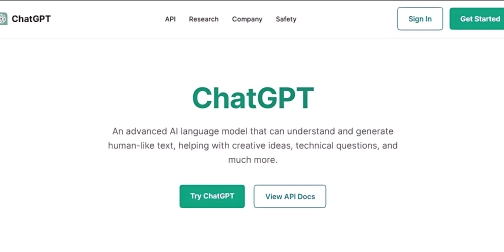
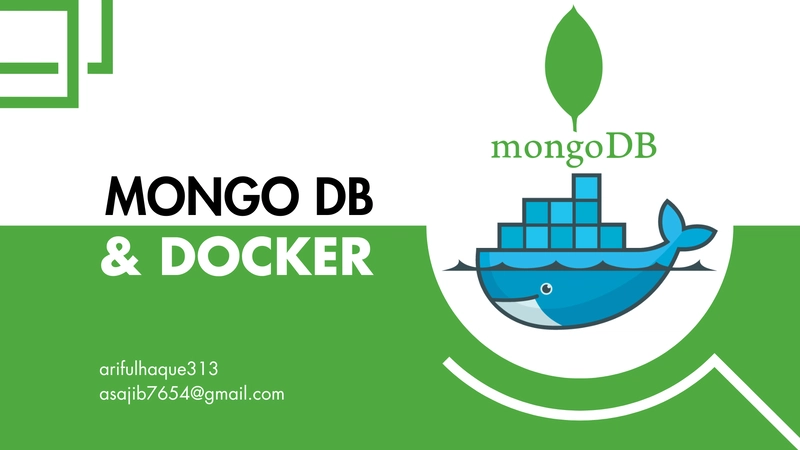
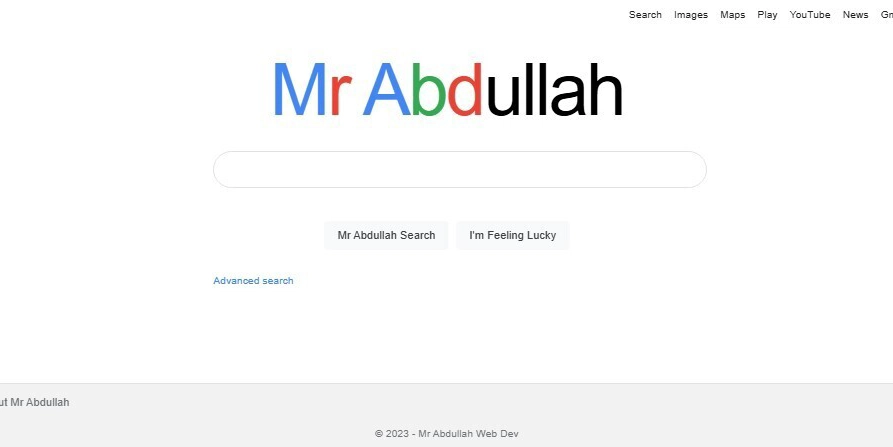











![[FREE EBOOKS] AI and Business Rule Engines for Excel Power Users, Machine Learning Hero & Four More Best Selling Titles](https://www.javacodegeeks.com/wp-content/uploads/2012/12/jcg-logo.jpg)























































.jpg?width=1920&height=1920&fit=bounds&quality=70&format=jpg&auto=webp#)






















































































_Olekcii_Mach_Alamy.jpg?width=1280&auto=webp&quality=80&disable=upscale#)

















































































































![Apple Drops New Immersive Adventure Episode for Vision Pro: 'Hill Climb' [Video]](https://www.iclarified.com/images/news/97133/97133/97133-640.jpg)

![Most iPhones Sold in the U.S. Will Be Made in India by 2026 [Report]](https://www.iclarified.com/images/news/97130/97130/97130-640.jpg)
![Apple to Shift Robotics Unit From AI Division to Hardware Engineering [Report]](https://www.iclarified.com/images/news/97128/97128/97128-640.jpg)

































































































